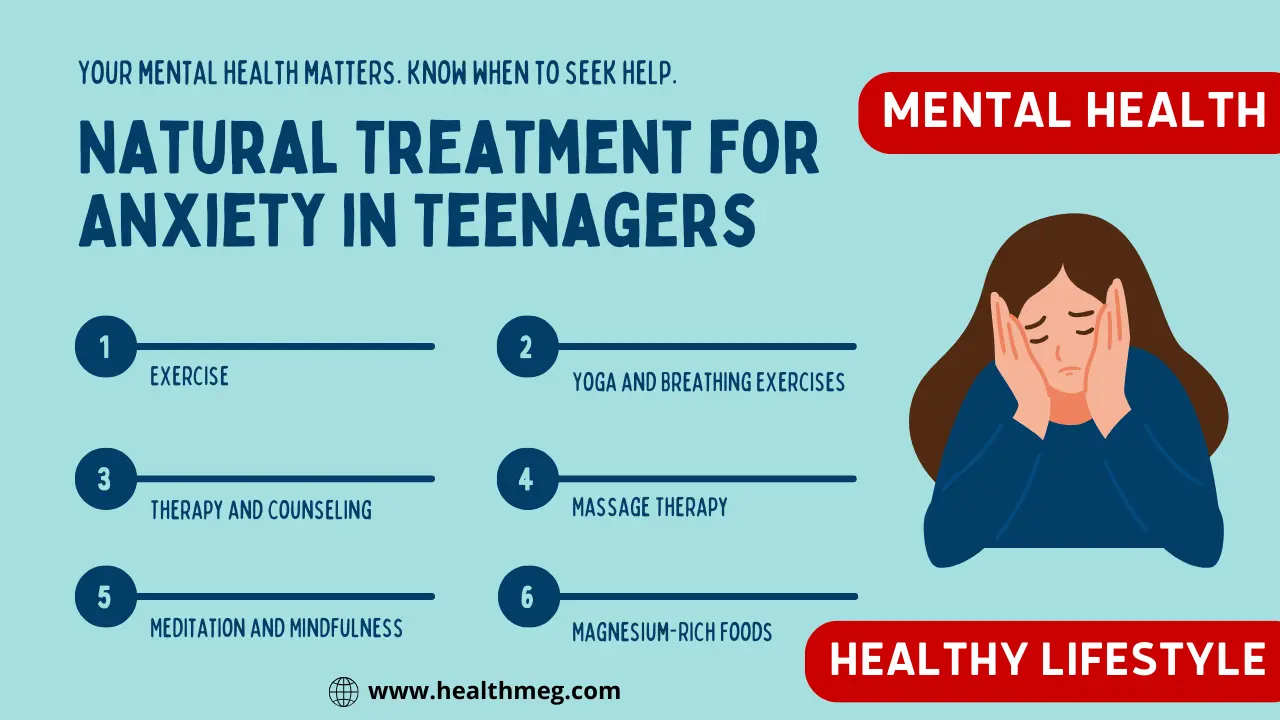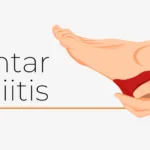Introduction
Having a ring stuck on your finger can be worrisome and uncomfortable. But there are ways to safely get it off without causing further injury. This article covers the common causes of ring-related finger swelling, symptoms to watch for, and step-by-step advice for safe ring removal. Read on to learn more.
Do read the People Also Ask (FAQs) about this topic.
Key Takeaways
| Section | Key Takeaways |
|---|---|
| Causes of Finger Swelling | Fluid buildup, Nerve compression, Blood flow restriction, Allergic reaction |
| Symptoms | Visible swelling, Tingling or numbness, Throbbing pain, Red skin, Increasing tightness, Loss of dexterity |
| Dangers of a Tight Ring | Nerve compression, Loss of circulation, Tissue damage |
| First Aid Tips | Elevation, Ice pack, Lubrication, Gentle twisting and tugging, Dental floss or wire cutters |
| When to Seek Medical Care | If unable to remove the ring, if there is extreme pain, or risk of complications |
| Prevention Tips | If unable to remove the ring, if there is extreme pain or risk of complications |
| Conclusion | Use first aid tactics, Seek timely medical help, Prioritize safe removal |
Causes of Finger Swelling Around a Ring (Finger Grows Around Ring)
There are several reasons why your finger may swell up if a ring gets stuck:
- Fluid buildup: Any type of impact or compression on the soft tissues of the finger can cause swelling and inflammation. The constriction of the tight ring prevents proper drainage of fluid, leading to puffiness, redness, and pain.
- Nerve compression: A tightly fitting ring presses on nerve endings under the skin, triggering swelling and numbness. This nerve compression also makes the finger more prone to future irritation in the area.
- Blood flow restriction: Constricting bands can partially clamp down on blood vessels running through the finger. Poor circulation leads to fluid accumulation and inflamed tissue.
- Allergic reaction: Some people have metal allergies like nickel that only cause issues when jewellery is in prolonged contact with the skin. The resulting rash and inflammation make removing the ring more difficult.
In most stuck ring cases, the underlying trigger is external compression limiting proper blood and fluid drainage flow in the finger’s soft tissues.
Symptoms Your Finger is Too Swollen for a Ring
Be on the lookout for these common symptoms:
- Visible swelling and enlarged finger size
- Tingling or numbness in the finger
- Throbbing pain beneath or around the ring
- Red, shiny skin around the ring as blood flow stagnates
- Increasing tightness of the ring as swelling progresses
- Loss of dexterity in the finger
The sooner you act when you see these signs, the easier it will be to smoothly remove the ring without complications.
Dangers of a Tight Ring
As swelling progresses and the ring gets tighter, several complications can occur:
- Nerve compression: Constricting bands can compress nerves running through the finger, causing numbness, tingling, and nerve pain.
- Loss of circulation: The tight ring can cut off blood flow to the lower finger, depriving it of oxygen and nutrients.
- Tissue damage: Extreme cases lead to tissue death around the ring, resulting in injuries like degloving or amputation.
So ring constriction is not simply a nuisance but a true medical emergency requiring prompt treatment.
First Aid Tips for Getting a Ring Off a Swollen Finger
If you notice your finger swelling under or around a stuck ring, try these first-aid suggestions while enlisting someone to help:
- Elevate the hand above the heart level to promote downward drainage.
- Apply an ice pack wrapped in a thin towel to constrict blood vessels. This can rapidly reduce swelling. Never place ice directly on bare skin.
- Lubricate the finger and ring with lotion, soap, oil, or water to try slowly rotating and wiggling it off. Twist the ring gently back and forth while pulling lightly outward. Take breaks as needed.
- If the ring seems very snug, wrap the finger in a thin towel or cloth then firmly but gently try twisting and tugging the ring over the swollen knuckle using both hands. The fabric protects delicate skin.
- For metal rings, dental floss may be carefully threaded between the skin and ring using a sawing motion. Protect the skin by keeping the floss flat against the ring. Jewellery string/wire cutters can cut through some softer metal rings.
If you cannot remove it yourself, emergency room doctors have a few other options:
- Ring cutter tool: A small saw or drill carefully cuts through the metal band.
- String technique: Tying the string tightly around the finger can compress swollen tissue enough to slide the ring off.
- Anaesthesia: Medications to reduce swelling and numb the finger help ease off the ring.
When to Seek Medical Care
If you cannot readily remove the stuck ring using the above methods, promptly seek professional medical help. Trying to forcefully tug and twist at an extremely swollen, painful finger can harm it.
To avoid injuring delicate nerves and blood vessels, doctors have specialized ring cutter tools to gently saw bands off swollen fingers. A local anaesthetic may sometimes be used as well.
Seeking timely medical ring removal also prevents complications like:
- Loss of blood flow to the fingertip
- Infection
- Permanent nerve injury and loss of sensation
- Necessary finger amputation in severe cases (extremely rare)
So when in doubt, do not keep struggling on your own with an overly swollen, painful finger that refuses to release a stuck ring. Call your doctor or visit an urgent care clinic. Protecting your health is what matters most.
Prevention Tips
To reduce the likelihood of ring-related swelling flare-ups in the future:
- Proper fit: Make sure rings and bands fit your fingers comfortably at room temperature. Heat and cold cause expansion/contraction changes.
- Open-style designs: Consider open-style ring designs that can more readily slide off swollen fingers, like bands of small separate pieces.
- Remove before physical activities: Remove rings before physical activities where hands may get injured and swell, like sports or manual labour tasks.
- Routine cleaning: Clean jewellery routinely so rashes and reactions are less likely over time. Rotate rings across different fingers periodically too.
- Early symptom detection: Listen to early symptoms of nerve compression or poor circulation, and act promptly to remove rings before extensive swelling and damage occurs.
- Avoid wearing rings: Consider not wearing rings if you use your hands frequently in physical work.
- Remove before strenuous activity: Remove rings before strenuous activity where hands might get injured.
- Remove tight rings: Take off tight rings if fingers get mildly swollen from long periods of cold weather or fluid retention
- Yearly check: Have rings checked yearly and resized as needed for a comfortable fit.
Conclusion
Having a ring stuck on an increasingly swollen finger can be stressful and painful. But using proper first aid tactics followed by timely medical help if swelling is severe leads to smooth, safe ring removals.
Watch for key symptoms like visible puffiness, numbness, reddened skin, and throbbing pain under tight bands. First try cooling, lubricating, and gently wiggling the ring off. If swelling is too advanced for this, promptly seek professional medical ring cutter assistance.
With some awareness and precautionary lifestyle adjustments, complications from stuck rings can often be avoided. But when in doubt, don’t force severely swollen fingers on your own. Prioritize safely getting rings off to avoid permanent injury.
People Also Ask (FAQs)
Q) What to do if your finger swells around a ring?
A) If your finger starts swelling around a ring, elevate your hand, apply an ice pack wrapped in a towel, lubricate the finger gently twist/rotate the ring, and wrap the finger in cloth for grip as you carefully try to remove it. Seek medical help if those first-aid tips don’t work.
Q) What causes ring fingers to swell?
A) Common causes include fluid buildup from compression/impact, nerve compression from tight jewellery, blood flow restriction, and metal allergies triggering skin irritation and inflammation when in prolonged finger contact.
Q) How can I fix my trigger finger at home?
A) Initial at-home treatments for the trigger finger include icing the affected area, massaging and stretching the fingers and tendons, using finger splints to keep the digit straight, taking anti-inflammatory medications, and avoiding activities that require repetitive gripping motions. See a doctor if symptoms persist.
Q) How do you get rid of ring finger pain?
A) To help relieve ring finger pain, remove any jewellery constricting the finger, apply ice packs, take over-the-counter pain medications, buddy tape the sore finger to the adjacent one, wear a finger brace for support, and seek medical attention if pain and swelling fail to subside with home care.
Q) Why is my ring finger swollen without injury?
A) Some potential causes of an uninjured yet swollen ring finger include fluid accumulation from a stuck ring or band putting pressure on the finger, inflammation from metal jewellery allergies, trigger finger developing from tendon issues, arthritis flare-ups, and infections from fungal organisms or injuries to the nail bed area. See a doctor to diagnose the cause.
Q) When should I go to the hospital for a swollen finger ring?
A) Go to the emergency room or urgent care right away if you have extreme swelling, numbness, skin discolouration, or increasing pain despite trying to remove the ring at home first. Severe constriction can cut off blood flow and cause tissue damage. Do not delay.
Q) Is it OK to leave a ring on a swollen finger?
A) No, it is not OK to leave a ring on a swollen finger. The constriction will likely worsen swelling over time, potentially cutting off circulation. Try at-home removal tips first but promptly see a doctor if the ring stays painfully stuck.
Q) Are swollen fingers serious?
A) Finger swelling can potentially be serious if circulation is restricted for too long by conditions like lodged rings or bands. Loss of blood flow can damage tissue or digit extremities. Monitor for symptoms of numbness, skin colour changes, or increasing pain that require urgent care.
Q) How long does a swollen finger last?
A) With treatment like jewellery removal, icing, medication, and finger splints or braces, mild finger swelling may resolve in 1-2 days. If swelling is due to fractured bones or serious infections though, it may take 2 weeks or longer for inflammation to fully go away after the underlying condition is properly treated.
Q) Can a tight ring cut off circulation?
A) Yes, a significantly tightened ring or band can apply excessive, pinching pressure that impacts healthy blood flow through the tiny vessels running through the finger. This can deprive tissue of oxygen, allow fluid buildup, and cause damage over time.
Q) Do Jewellers charge to cut a ring off?
A) Most jewellers will cut off a stuck ring for free, but some may charge a small fee. Larger retail chains tend to offer ring removals as a complimentary service to maintain positive customer relations and goodwill. Independent jewellers may occasionally assess a small charge.
Q) Is it OK to leave a ring on a swollen finger while pregnant?
A) No, absolutely do not ignore a stuck ring on a swollen finger during pregnancy. Changes in fluid retention and circulation urgently require ring removal to prevent loss of blood flow which could seriously harm the finger or developing baby. Promptly yet safely get all stuck rings cut off.











